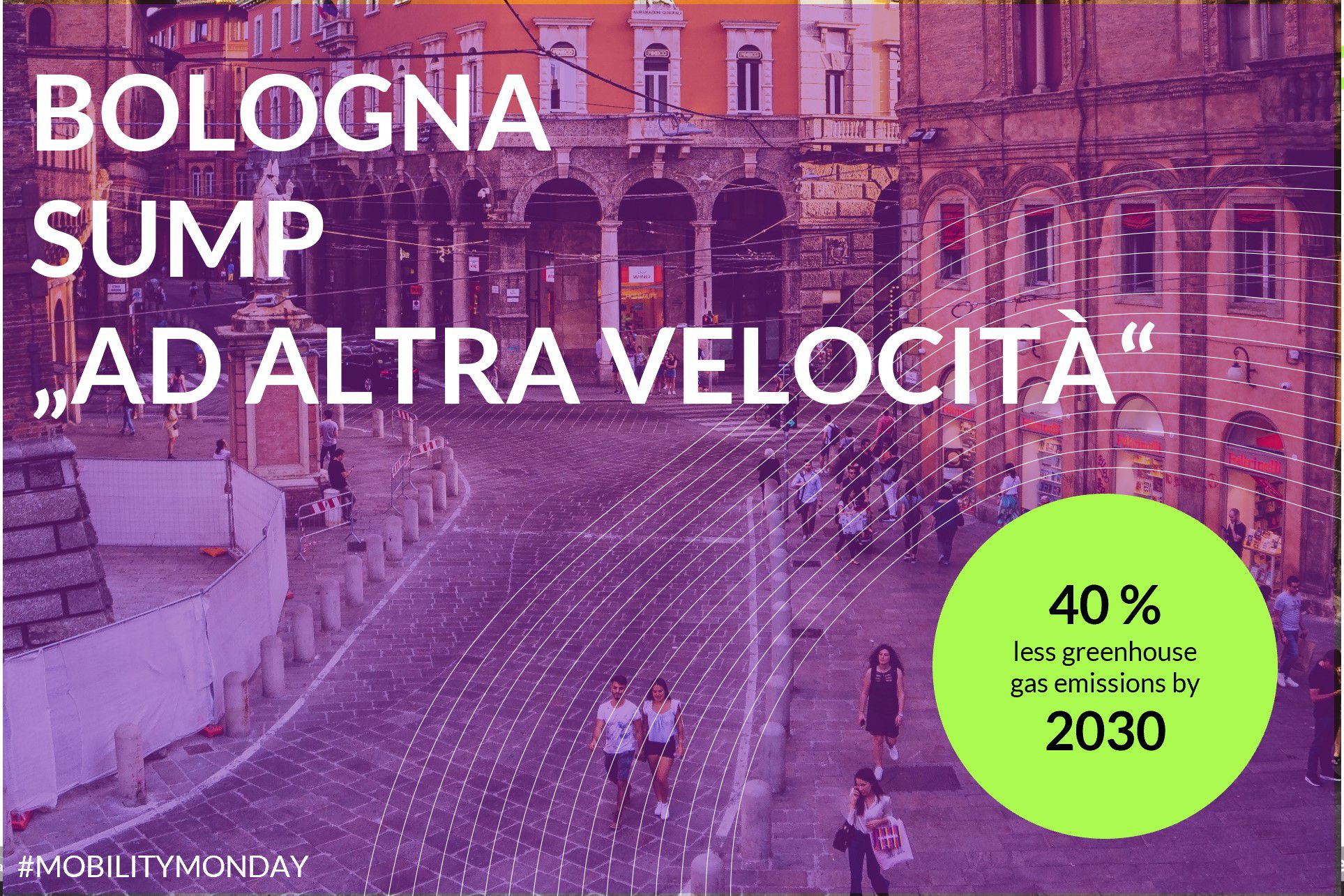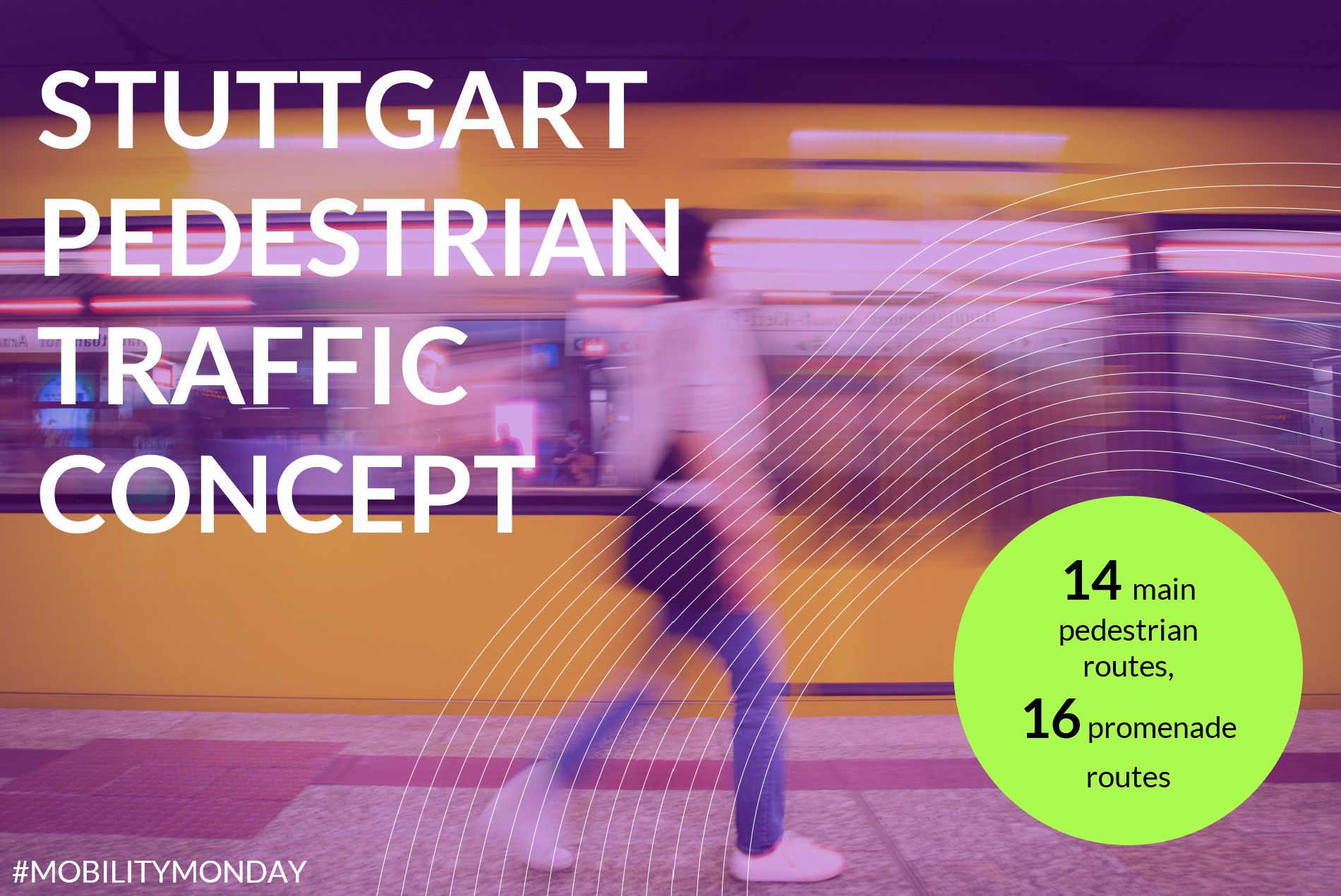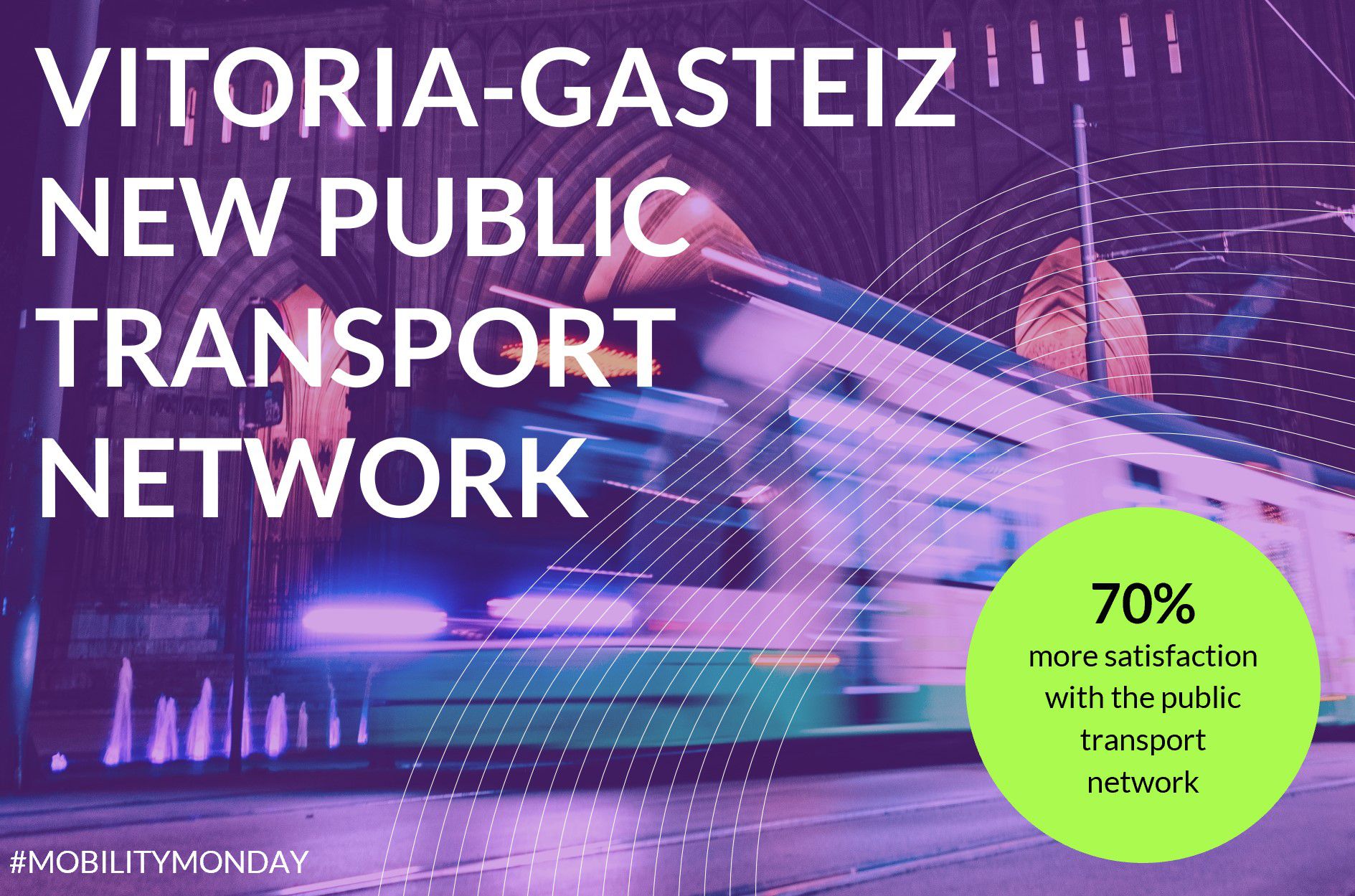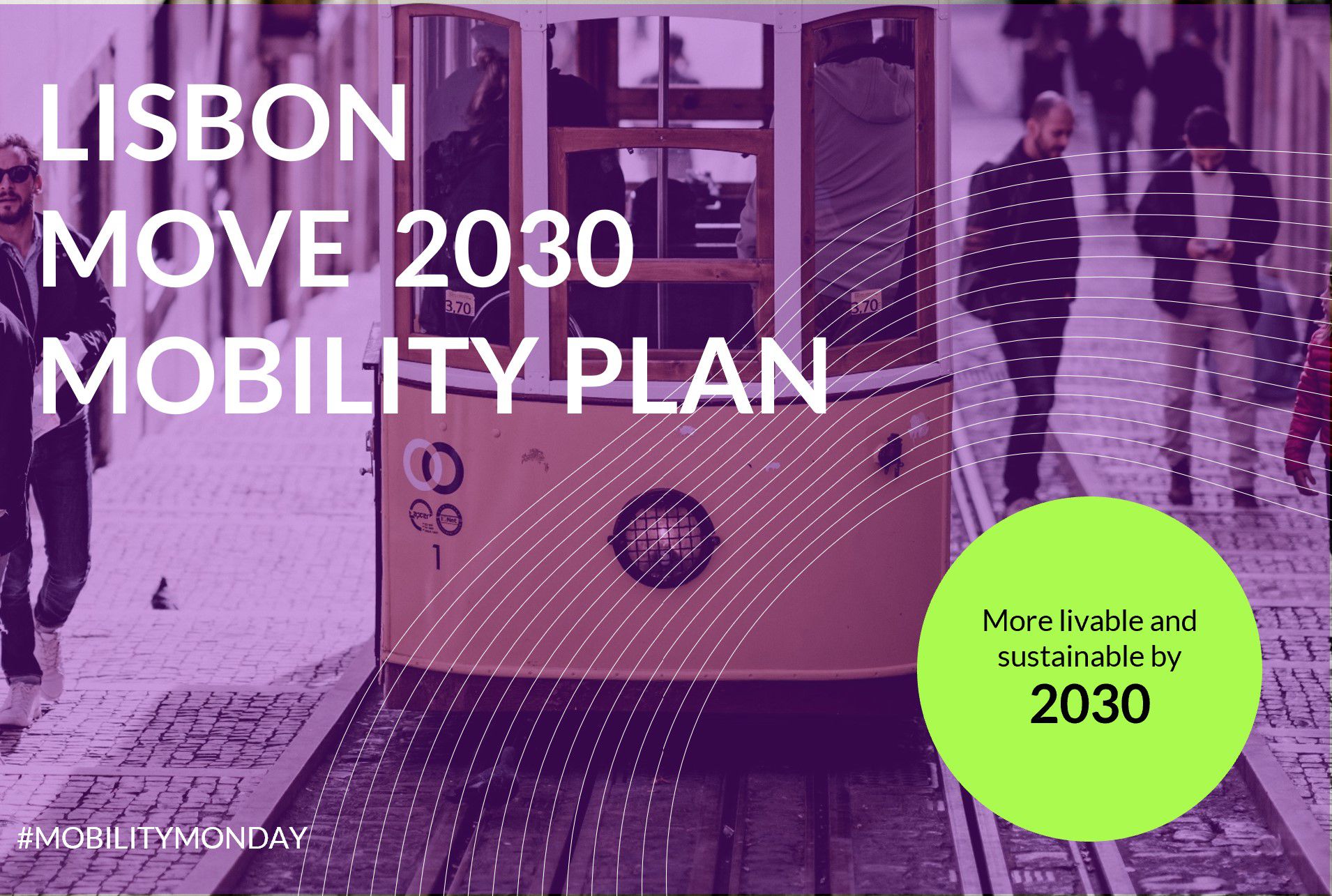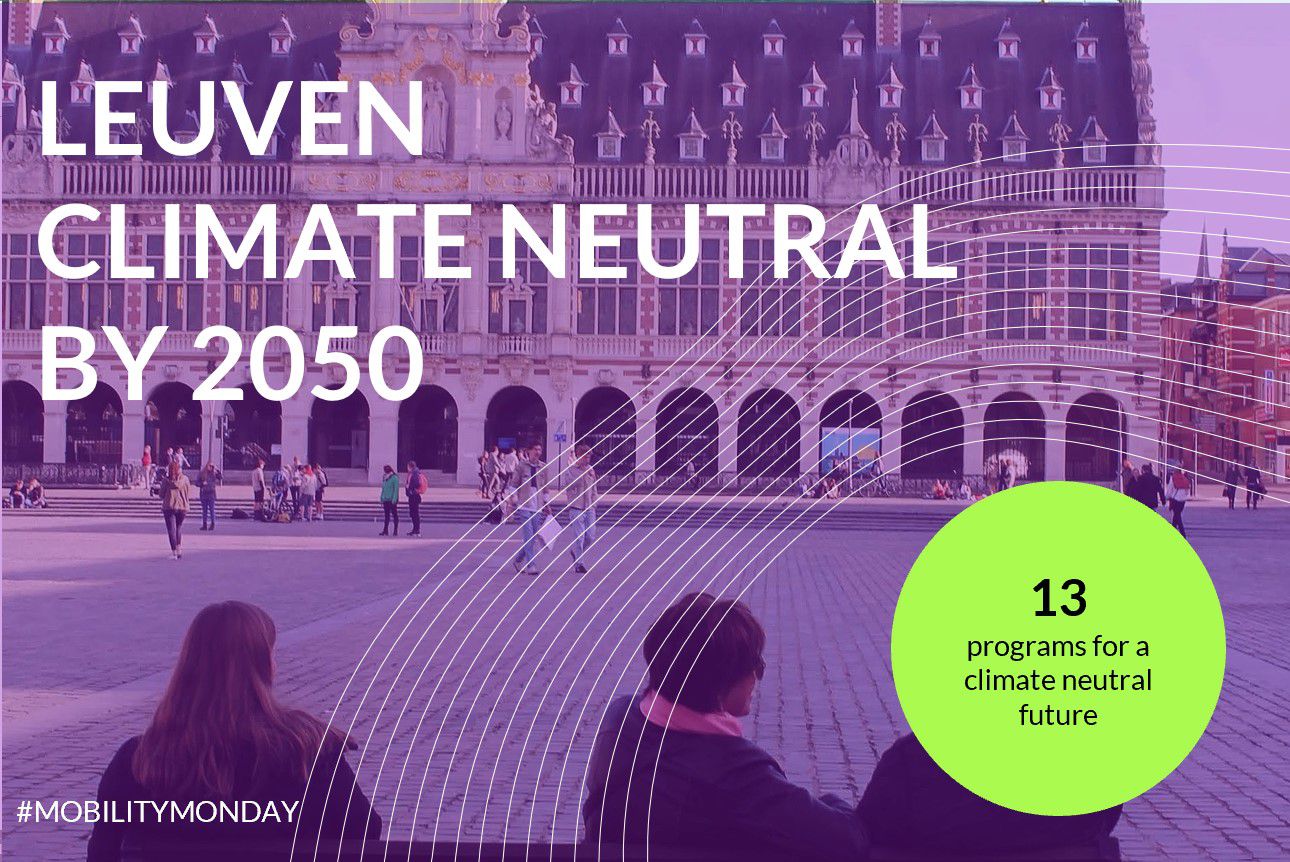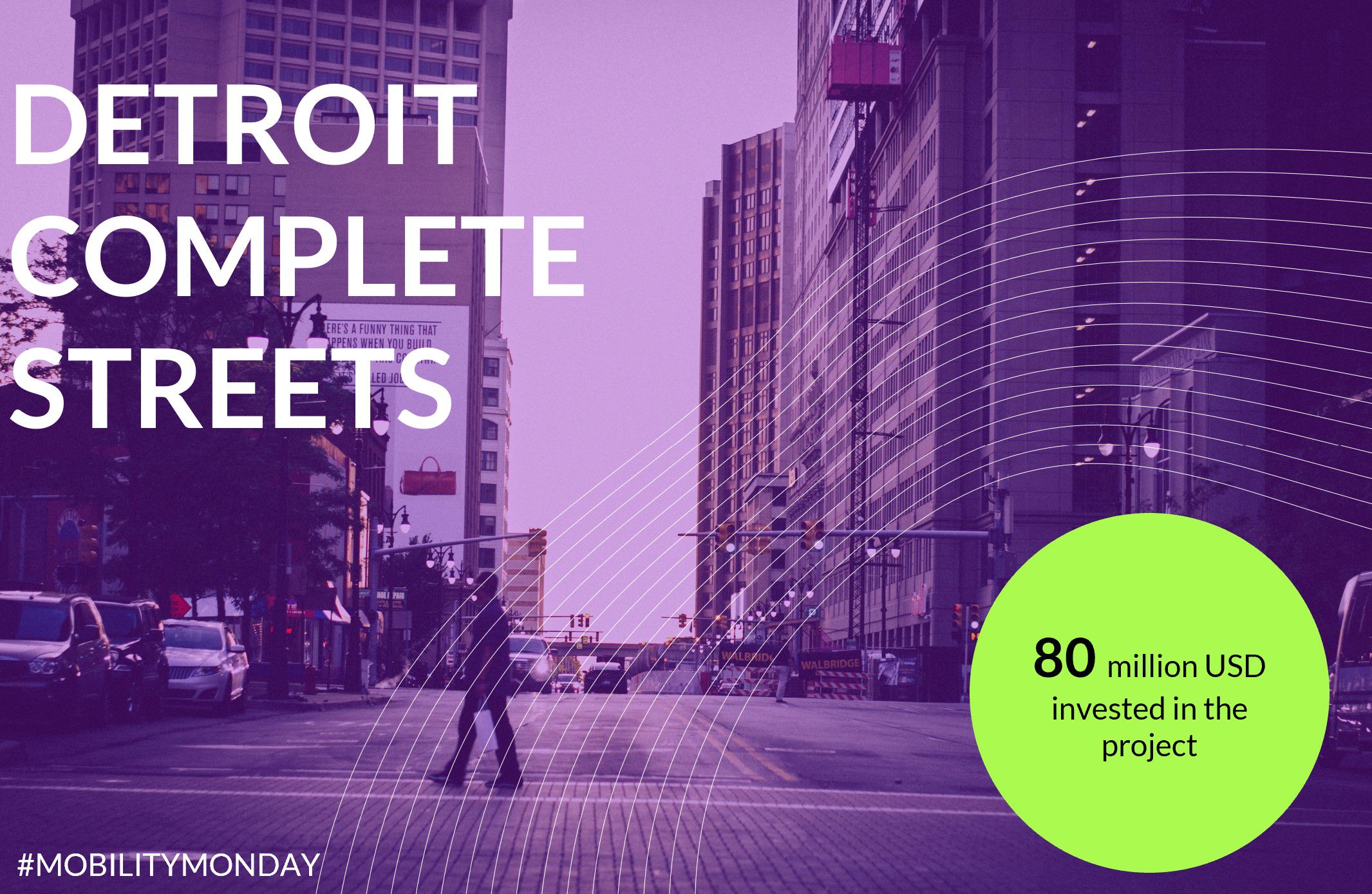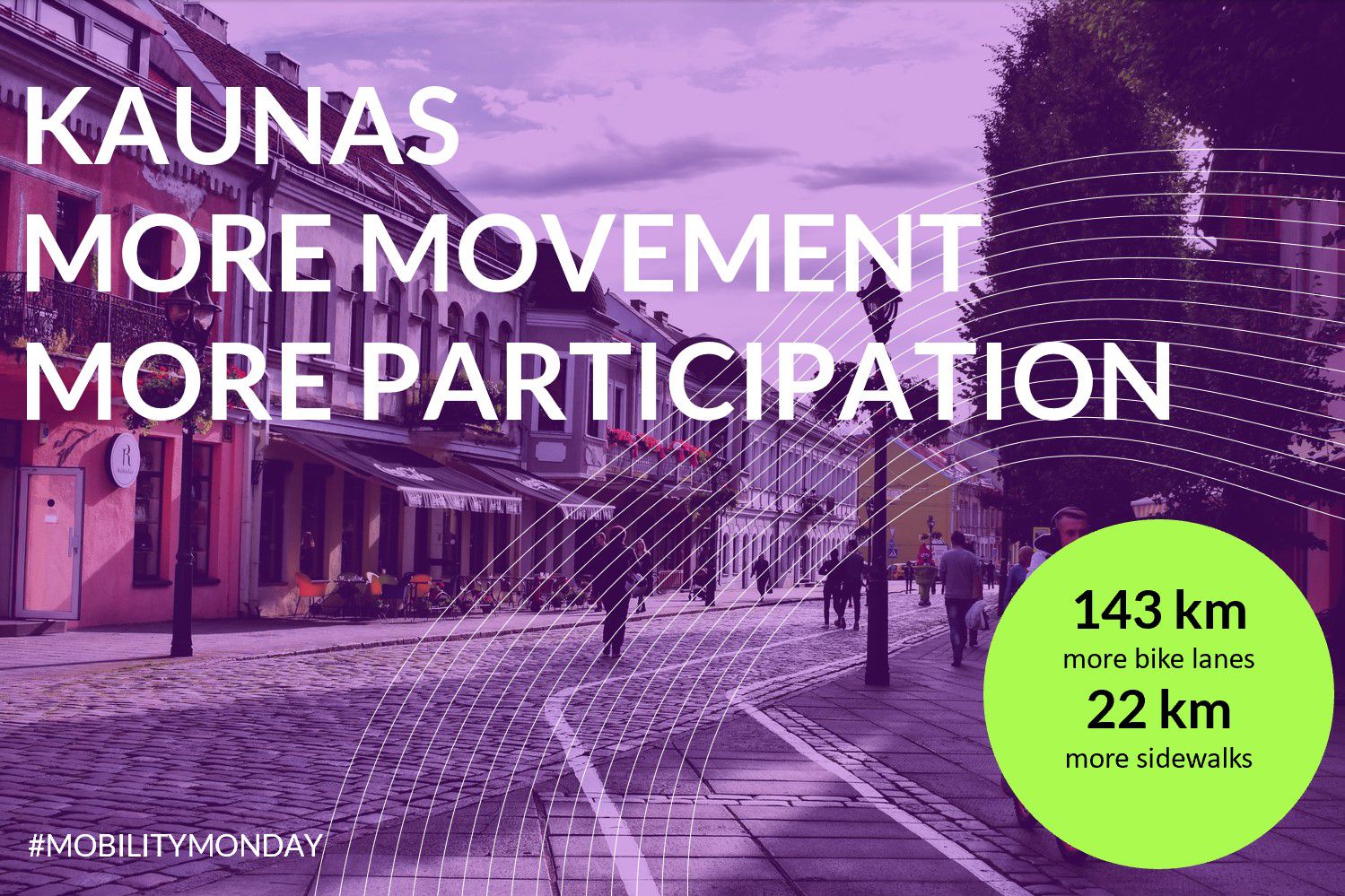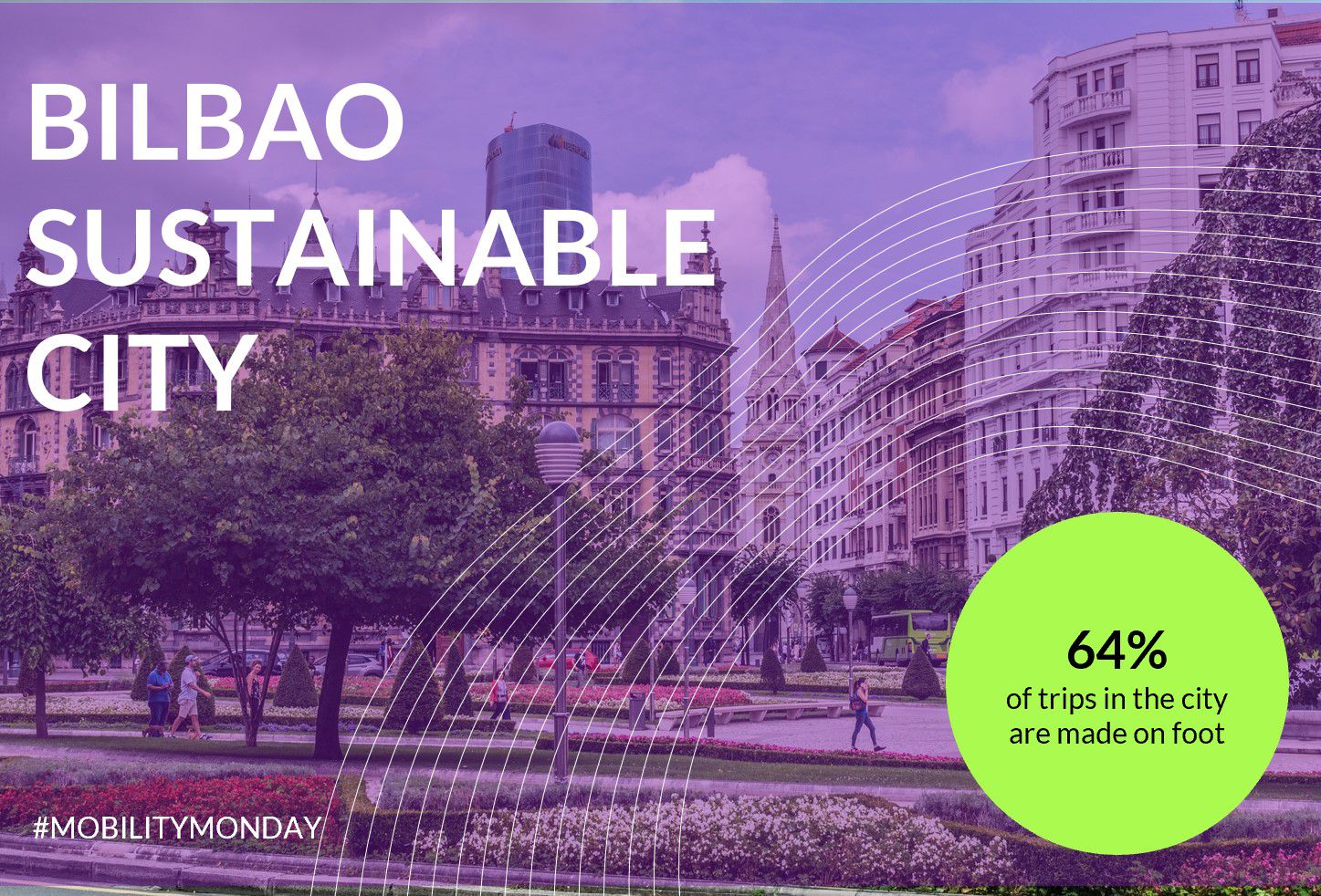Seoul Walkable City
What exactly does it mean to put people into focus in urban planning? Seoul offers an answer with the Walkable City Seoul project, which views walking as a mobility mode to promoted.
The project was launched in 2016 to make Seoul a place where everyone can walk in and around urban streets and public spaces. To do this, Seoul has developed four goals that will make it a stress-free and livable city for pedestrians. It should be possible to move safely through the city on foot. Public places should be connected by pedestrian streets. Walking should be promoted through the events for the citizens. Walking should be made inclusive and the streets accessible for everyone.
One of the measures was to connect the city?s main landmarks by five pedestrian walkways and to introduce the speed limit for inner-city streets. Moreover, a former elevated road at the main train station was transformed into a botanical garden with more than 25,000 plants, trees and flowers. The garden now connects 17 pedestrian paths built since 2017 and has been visited by more than 30 million people since 2017.

